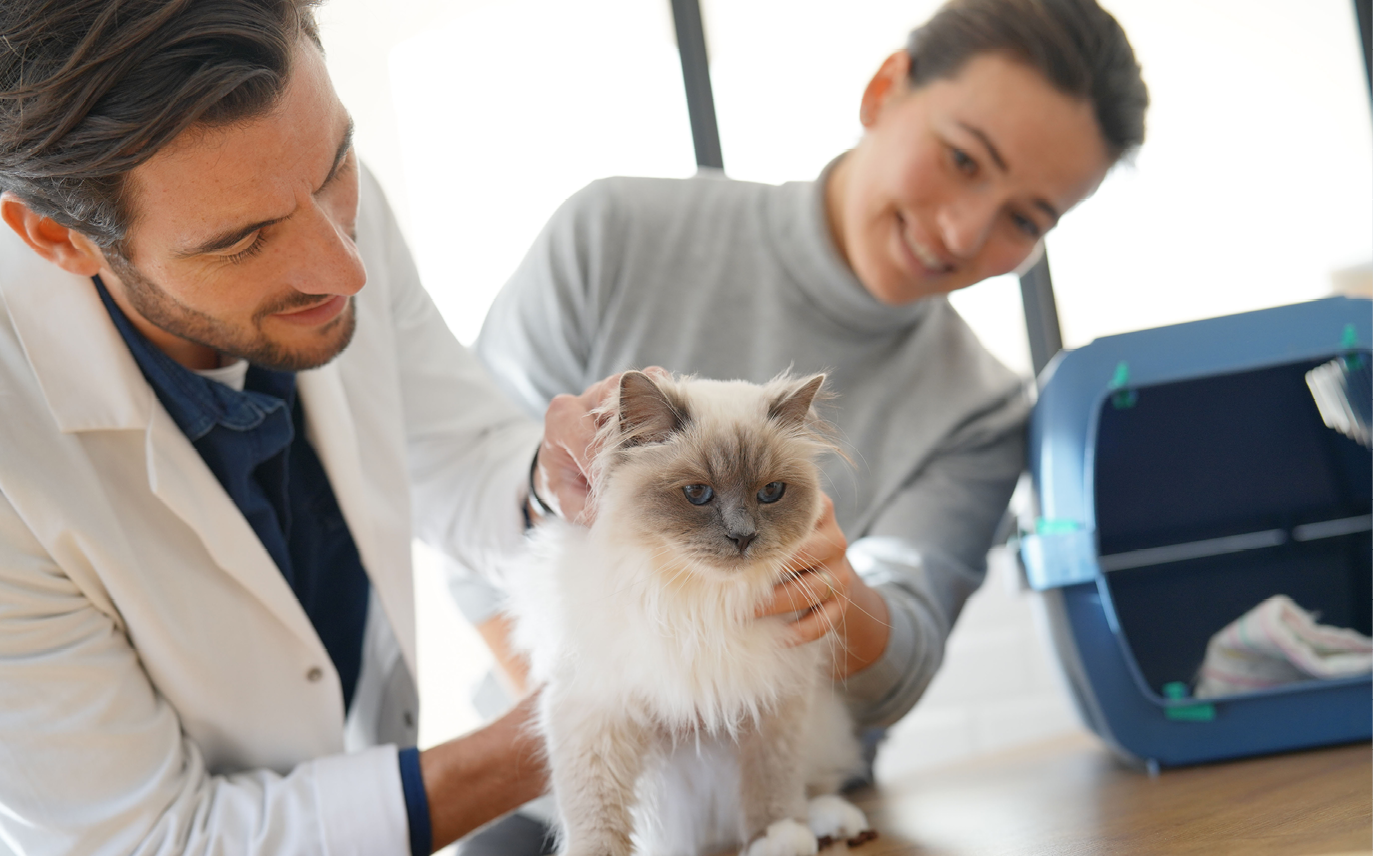
6 tips for pet owners with overweight pets
Your advice can make all the difference.
Discuss nutrition with your clients for the well-being of their animals.
![]() Published on August 28, 2024
Published on August 28, 2024
Powered by

The Purina Life Span Study revealed the important role ideal body condition plays in a pet’s health. Now it’s up to your clients to introduce a healthier lifestyle. Offer a plan that promotes healthy body weight with these simple steps.
-The Purina team
1. Help clients assess their pet's body condition using the condition system for clients.
2. Create a nutrition plan that feeds each patient to their ideal body condition. Refer to feeding guidelines on packaging and adjust feeding amounts as necessary.
3. Stress the importance of measuring servings according to your feeding plan. Dividing the daily food allowance among multiple meals can help increase a pet’s energy expenditure.


4. Build a treat allowance, up to 10% of daily calories, into a patient’s nutrition plan. Encourage clients to limit treats, especially table scraps. Reminds clients that calories add up quickly.
5. Daily exercise is one of the keys to a pet’s health, such as walking or fetch with a dog, or mobile toys and food puzzles for cats. Work with clients to add an appropriate amount of activity to their pet’s day.
6. Discuss personalized solutions based on your conversation, like a puzzle feeder to slow down fast eaters, or separate feeding times and “smart bowls” for homes with multiple pets.
Is a healthy weight a big challenge?
Not necessarily!
Discover a complete range of foods to help your patients maintain a healthy weight.
Low in fat and calories, with optimal natural fiber content and a high protein/calorie ratio, the perfect combination for a balanced diet!


